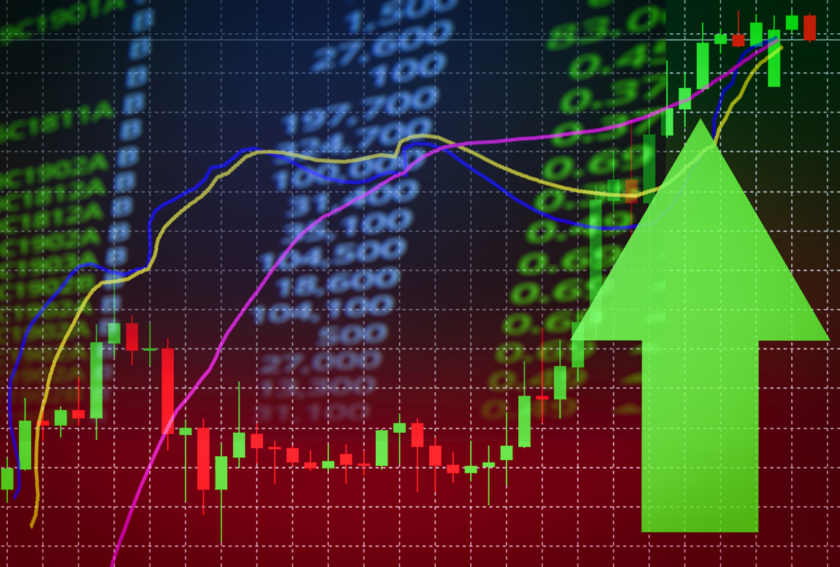Investors need to be cautious about taking on too much risk, despite signs of stabilisation in the financial markets, Fidelity International has warned.
Estimates suggest that the hit to annualised global growth in the second quarter could be as high as -40% in most developed markets, a much more dramatic decline than during the financial crisis of 2008.
Andrew McCaffery, global chief investment officer, asset management, Fidelity International, said: “In terms of the recovery, we believe that it will be quite slow. Activity is unlikely to revert to previous levels until the virus has largely passed, which could be sometime during next year. It will also depend on the effectiveness of containment measures to prevent subsequent waves of infection and the extent of policy initiatives designed to counter the impact on businesses. Consumer and corporate behaviour too will play a role in how soon activity picks up.”
Fidelity International has designed three possible scenarios for how the global recovery may play out. As a base case for 2020, Fidelity forecasts -1.7% for global GDP growth with a 60% probability. However, if economies stay in lockdown or partial lockdown for an extended period of time, Fidelity forecasts a downside case of around -5% global growth, with a 30% probability.
In contrast, if governments implement mass testing and tracing to control the pandemic, leading to many restrictions being lifted, Fidelity’s upside case, with the smallest probability at 10%, is that GDP growth will be close to zero. According to McCaffery, this could allow for a deep, sharp shock followed by a fast recovery.
To examine the likelihood of each scenario, Fidelity has taken into account several indicators, including the availability of testing and the scale to which it can be deployed; tracing strategies; and the development of a vaccine. In addition, it has also considered the impact of state support for businesses and workers, as well as exit strategies around the world which would provide a template for major developed markets.
While the US has led the charge in terms of the size of its stimulus package, at 8% of GDP, other developed markets have so far done more in policy terms than emerging markets. According to McCaffery, this could lead to several emerging markets requiring additional help from richer countries and the World Bank to get through the crisis.
McCafferty said: “Given the uncertainty surrounding the full social and economic impact of the virus and the effects of the possible counter measures, we believe that a degree of caution is warranted. In terms of the three scenarios, it is a sensible path to think through the implications of each and then have that reflected across portfolios. So you have a degree of protection perhaps through the asset class mix and now setting hedges in some risk assets, but also some exposure to companies that are prepared and can benefit most from a v-shaped recovery or a more gradual improvement in growth.
“Due to central banks’ purchase programmes, there are also opportunities emerging in specific parts of the investment grade and high yield market where the risk/reward ratios of investing in individual companies with strong balance sheets appear attractive. But it is too early to make big calls on adding risk across the board.”
McCaffery said markets are currently pricing in Fidelity’s rough base case, but warned that at some stage they will start to focus on much weaker macro data and earnings guidance which could prompt a pullback.
He added: “Despite the desperate desire of countries to exit this crisis, perhaps even without the full underpinning of testing and tracing in place, it could be many weeks, if not months, before the infection is stamped out entirely, meaning that significant challenges still lie ahead for the global economy.”






























